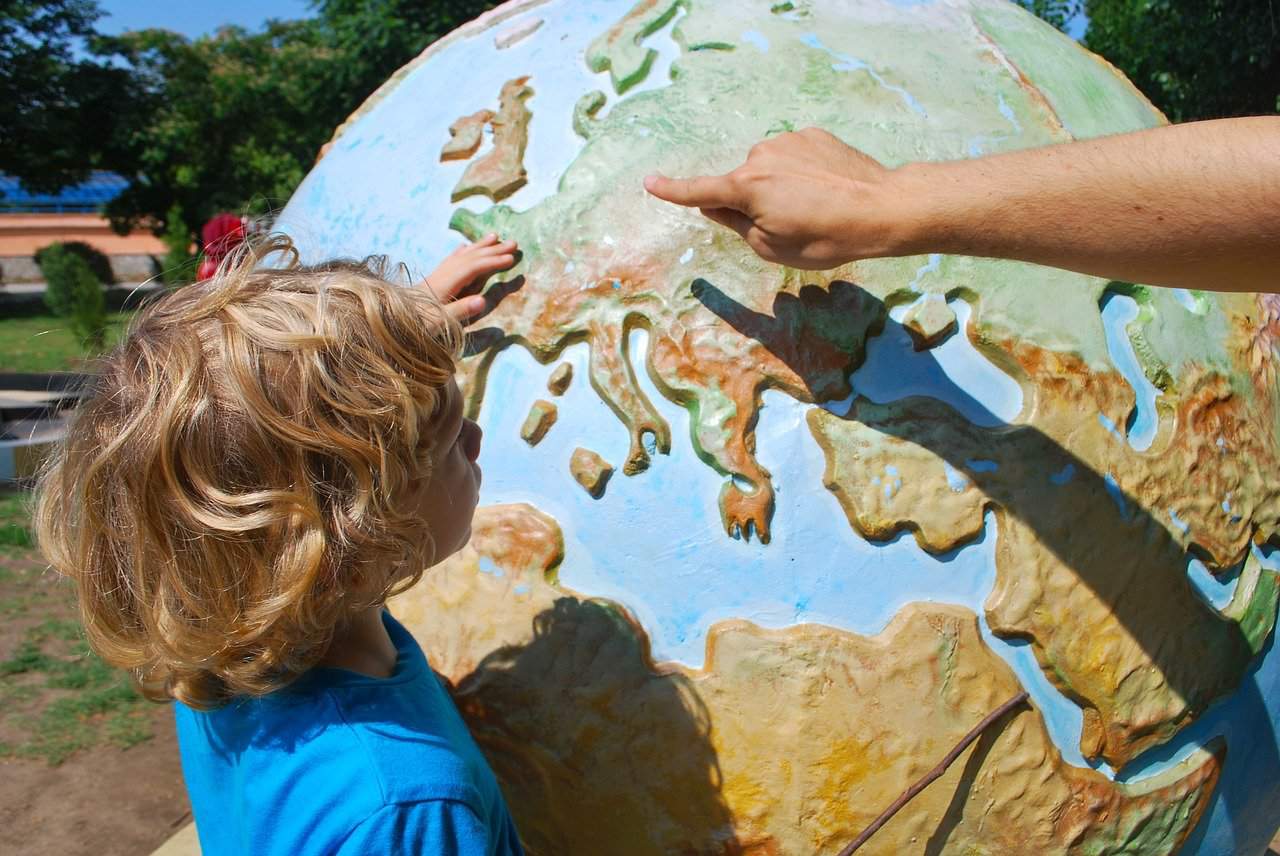
As part of the changes to these guidelines, there are going to be additional milestones included for 15 months and 30 months, as well as extra checklists to ensure that every check-up visit from 2 months to 5 years have their own checklist to refer to. The changes will help make it easier for parents to identify developmental, social, and communicative delays in their children.
The CDC (Centre for Disease Control and Prevention) have identified milestones as “things most children (75% or more) can do by a certain age.”
Some examples of social and emotional milestones for this age group include showing you an object they like, copying other children while playing, and showing you affection.
Language and communication milestones include looking at a familiar object when you name it, and pointing to ask for something or to get help.
Cognitive milestones for this age include trying to use things such as a phone or cup in the right way, and being able to stack at least two small objects like building blocks.
Finally, there are movement and physical milestones. These include being able to use fingers to feed themselves some food, and taking a few steps on their own, for example.
Some questions to ask yourself about your child’s social and emotional development by this age include, does my child play next to other children and sometimes play with them? Can they show me what they are doing by saying ‘look at me’ or something similar?
In terms of language and communication, can my child say about 50 words? Can they name things in a book when I point and ask what it is? Can they say words like ‘we,’ or ‘I’?
Cognitive questions to ask include, does my child use things to pretend, like feeding a bottle to a doll? Can they show simple problem-solving skills like standing on a stool to reach something? And, can they follow instructions such as ‘put that down and come here’?
When it comes to physical development can your child use their hand to open a lid or turn a doorknob? Can they take some clothes off by themselves? And, can they jump off the ground using both feet?
At 15 months:
Encourage your child to help with everyday activities like putting their shoes on, tidying away toys, and so on.
Constantly use your voice to help your child learn to speak. Tell them names of objects and encourage them to repeat you.
At 30 months:
Use interactive toys like ride on cars to support your child’s use of fine and gross motor skills.
Encourage them to play on their own to explore their interests and attempt new things.
The ways that your child acts can give key insights into their development and are important to keep an eye on. These updated milestones give parents an opportunity to identify any delays in their children and ensure that they’re receiving the support they deserve to learn and grow.